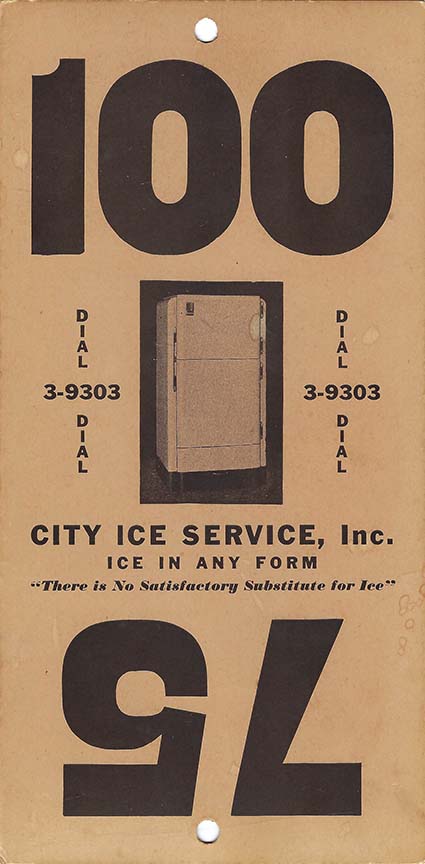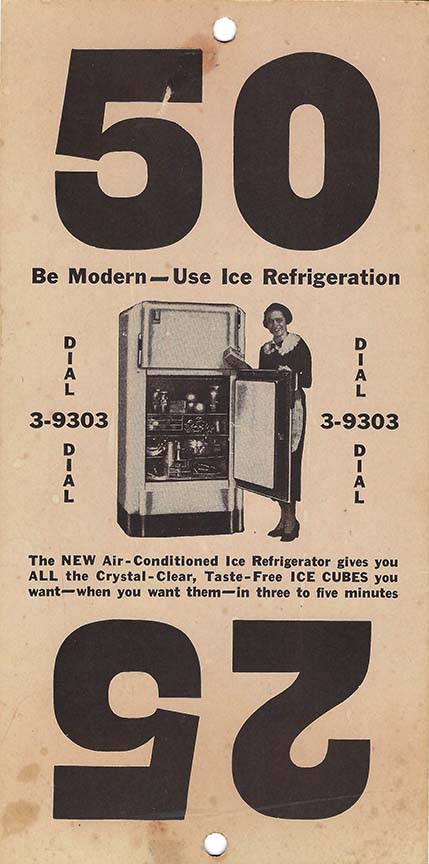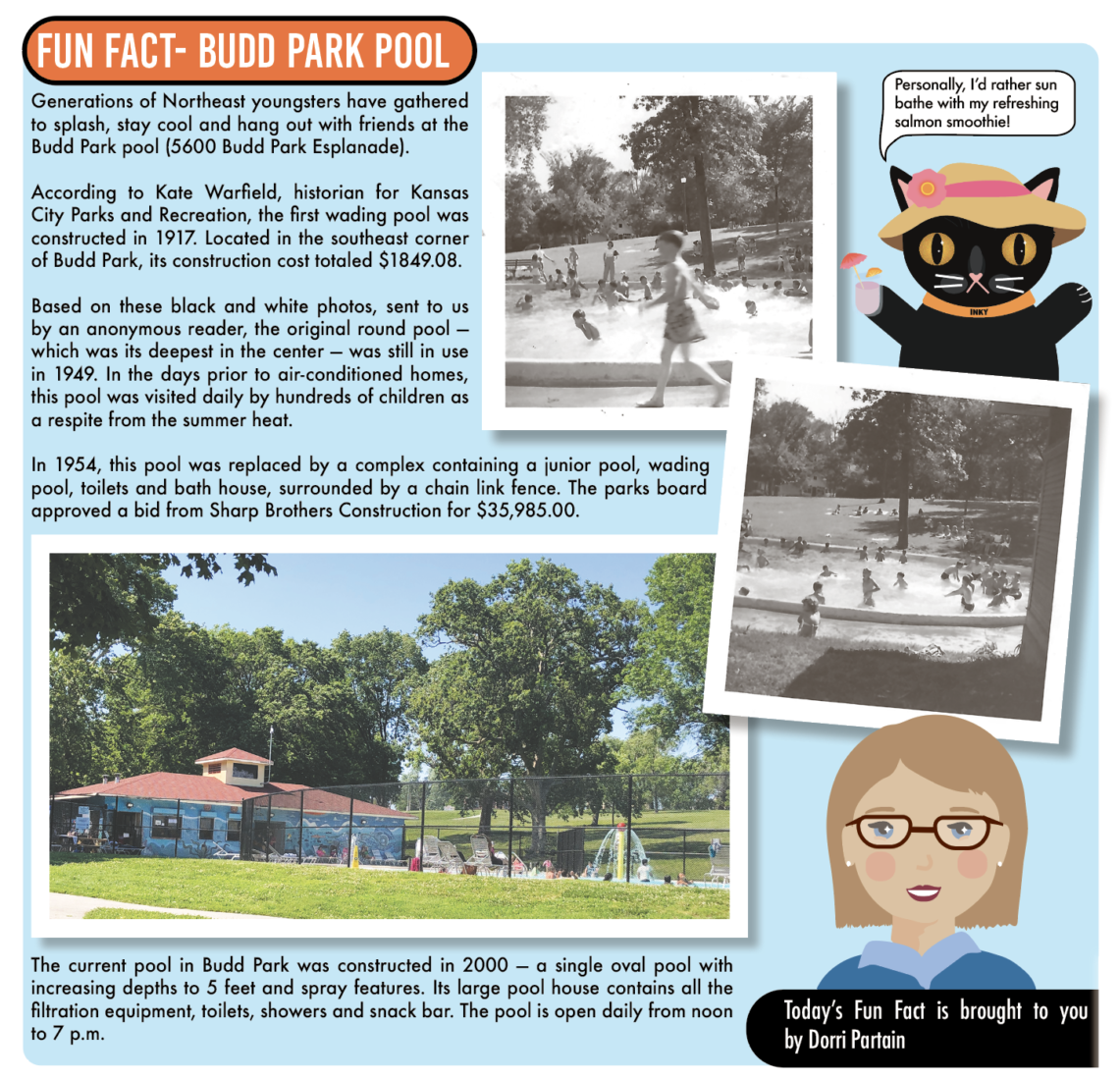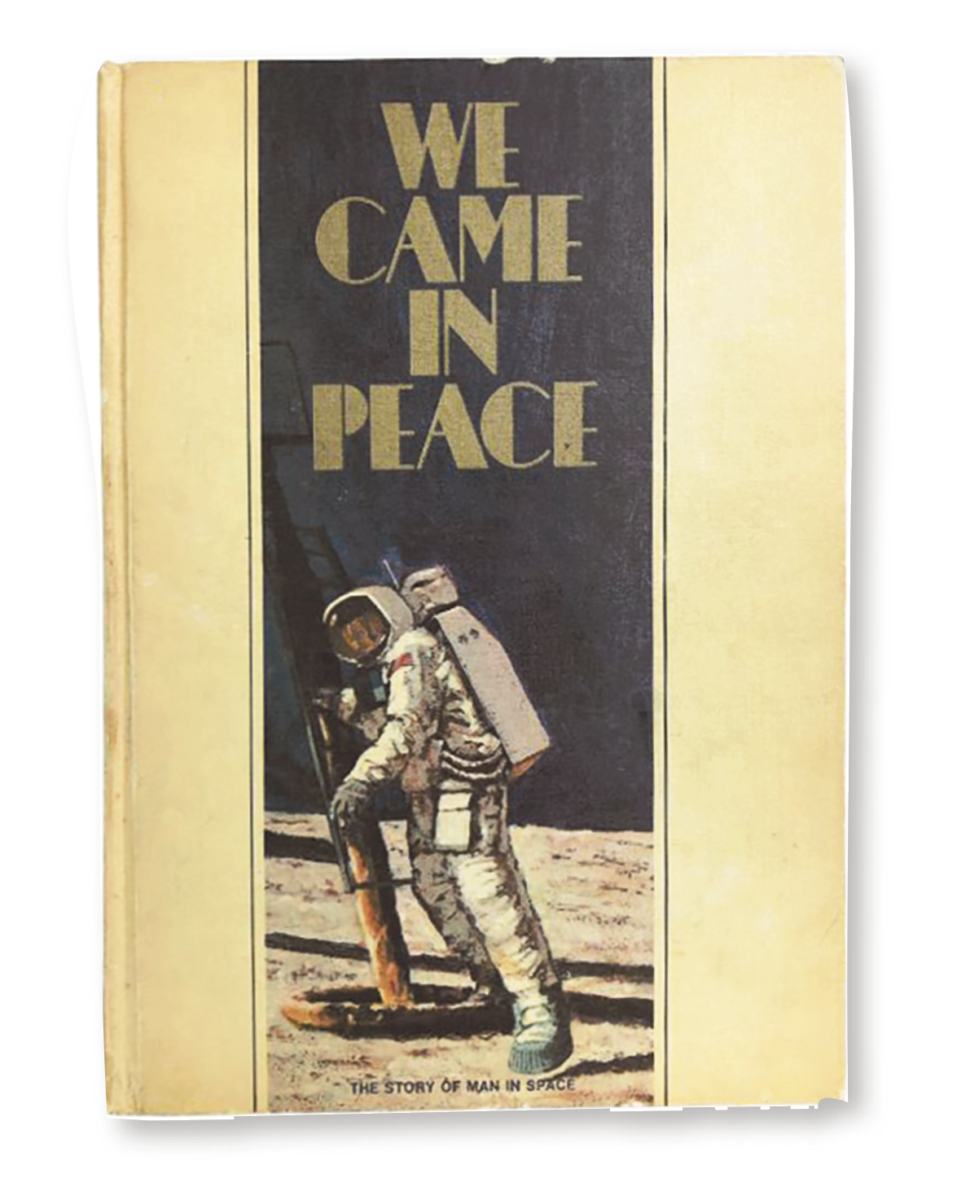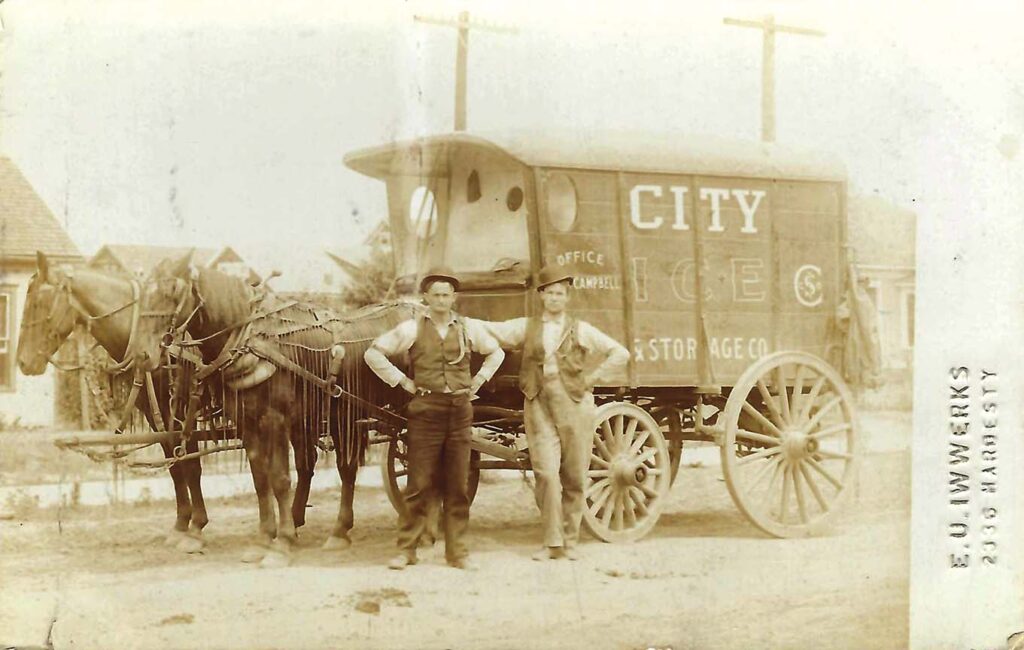
Michael Bushnell
Publisher
Seventeen carloads of 8-inch ice, direct from the Nemaha River near Lincoln, Nebraska were received in this city on Sunday last by the K.C. & Wyandotte Ice Company. Superintendent Orbison is bound to have plenty of ice for next summer’s use. Street Topics, Kansas City Times, March 7, 1876. Reprinted from A Slice of the Times, Kansas City 1875-1880 by Bradley C. Finch.
This week, once again as a companion to our Remember This column, we showcase this real photo postcard published by the E.U. Iwwerks Studio at 2336 Hardesty Ave., showing a delivery wagon for the City Ice Company.
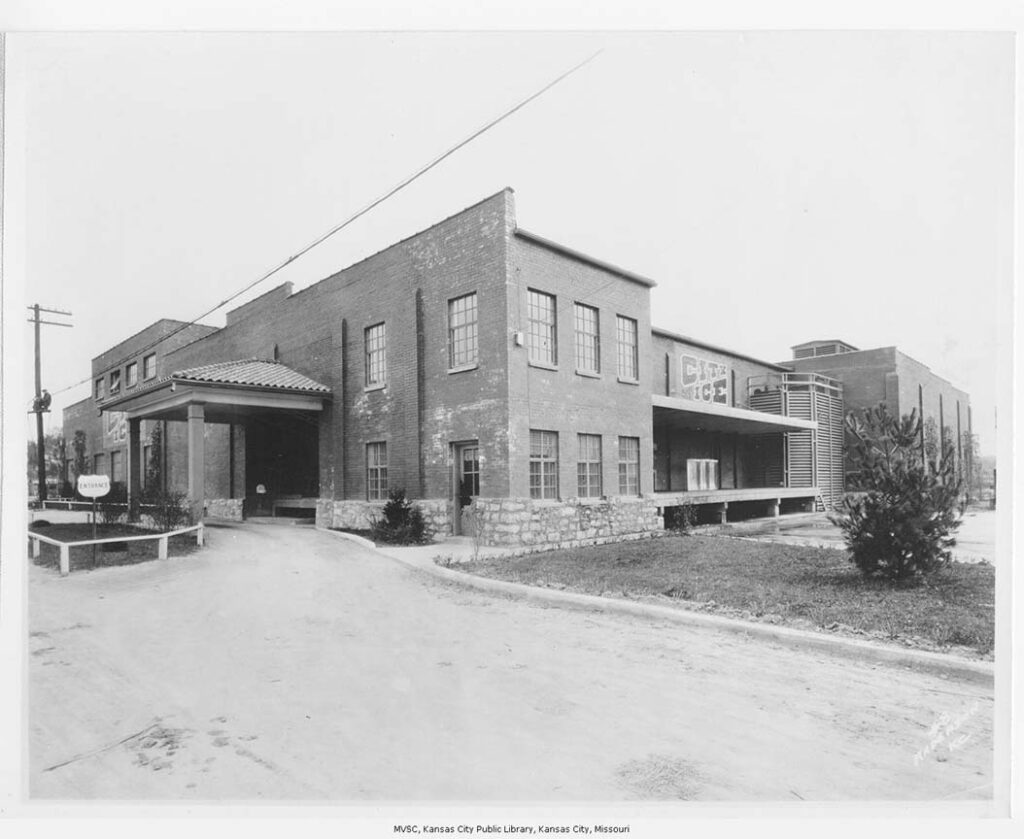
City Ice Company was one of a number of local ice companies in Kansas City and had a facility at 7401 Independence Ave., on the site of what became Sheffield Steel.
Today, ice can be dispensed at the touch of a fingertip, but even as recently as the 1980’s, the filling of ice trays for the freezer was standard procedure for some households. Prior to modern residential refrigeration, which wasn’t introduced until 1913, the Ice Man drove his wagon through the neighborhood, delivering ice for ice-boxes based on what was displayed on the Ice Card in the home’s front window.
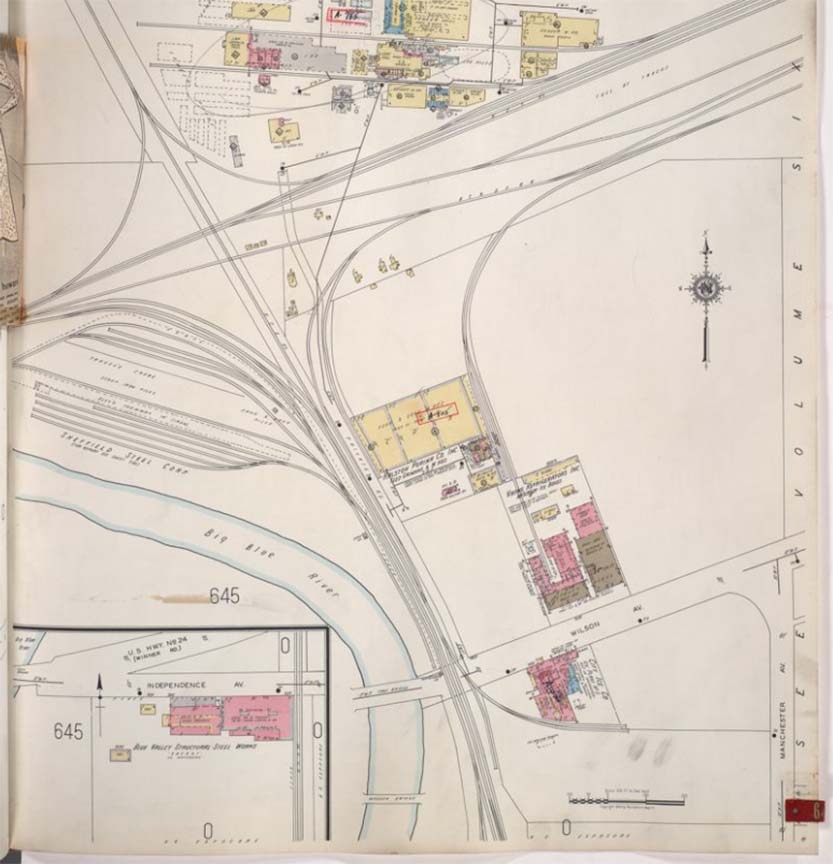
Prior to the advent of modern ice making equipment, men ventured out on to frozen lakes and rivers during the winter to harvest huge blocks of ice that were then stored in ice houses for use during the warmer months of the year.
One such operation was that of James Yates, who organized the Yates Ice Company in Kansas City in 1884. Yates built ice houses at Bean Lake, an oxbow lake in the Missouri River Valley about 10 miles north of Weston. Yates was one of the pioneers in the natural ice business and his ice houses at Bean Lake had a capacity of 65,000 tons of ice.

Yates’ ice trade grew exponentially, and in 1897 he employed over 75 men and had 25 teams such as the one shown on the postcard that ferried ice from Bean Lake to his Kansas City storage facilities.
Winters in Kansas City can be fickle, and often contracts were let with ice companies north of the city for the purposes of harvesting ice in the colder climates such as the Little Nemaha River in southeastern Nebraska. When the ice was of sufficient thickness on a lake or river, it was sectioned off in a large grid and the cutting began.
The harvested blocks of ice would be pulled by mule teams to a large, steam operated conveyor that ran from the lake shore or river bank to the inside of an ice house or a refrigerated rail car bound for a nearby ice house or any one of the meat packing houses located in St. Joseph or Kansas City. The Armour Packing House actually contracted to have their own ice house built at neighboring Sugar Lake in order to keep a constant supply of ice for their operations.
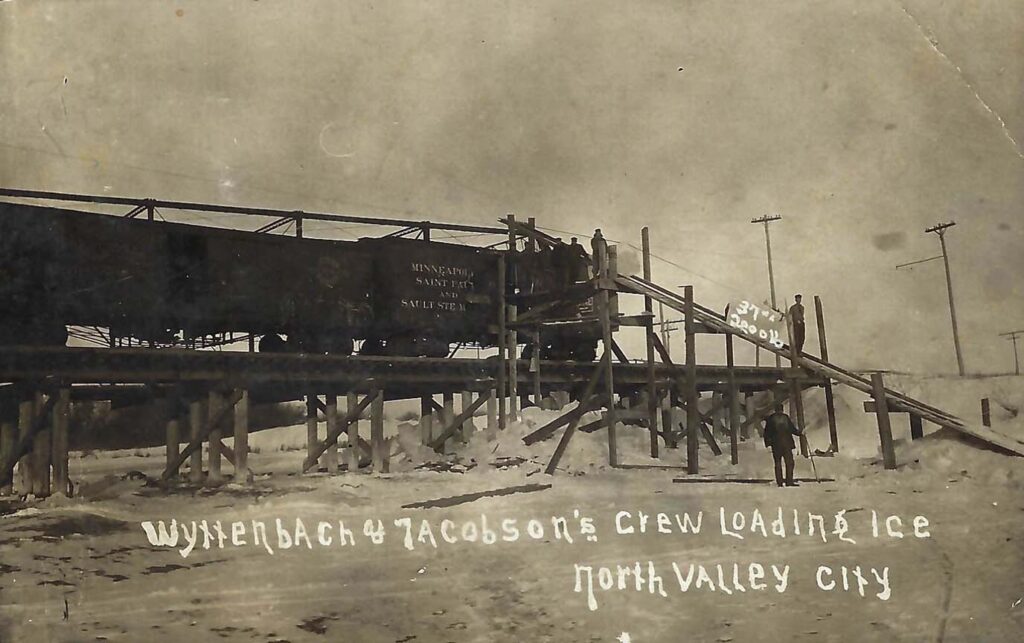
In the case of the Bean Lake operation, seasonal Ice Men were usually migrant workers who were brought from Kansas City to work the ice harvest. A number of boarding houses existed around the lake where men stayed and the ladies cooked meals for them. As the weather warmed, they often traveled north to ice fields in Iowa, North Dakota or Minnesota in order to stay working.
As residential refrigeration became more mainstream, the ice-boxes of old were replaced by coil-top refrigerators with a small interior area for freezing. Residential Ice Men, however, were still a regular fixture in working class neighborhoods like Northeast right up into the early 1950’s, dispensing block-ice for residential ice boxes and ice shavings to neighborhood kids in the summertime.


